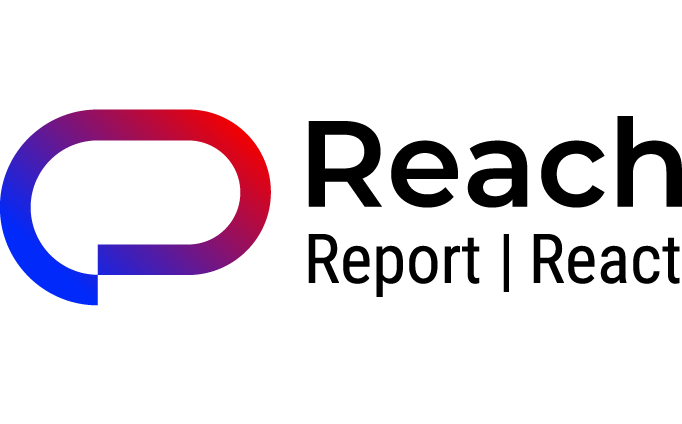Choosing Outreach Technology That Drives Real Results
In today’s fast-paced political and nonprofit landscape, the right technology isn’t just a convenience—it’s a competitive advantage.
Whether you’re running a voter engagement campaign, mobilizing donors, or building a grassroots movement, your outreach platform directly impacts how effectively you connect with people, track progress, and achieve your mission.
Here’s how to evaluate your technology to ensure it delivers measurable results.
1. Prioritize Personalization and Scale
Modern audiences expect communication that feels personal—even when it reaches thousands of people.
Look for tools that allow you to send customized messages at scale, such as peer-to-peer (P2P) texting, live calls, and dynamic email campaigns.
A platform that makes personalization easy will help you increase engagement rates and strengthen relationships with voters, donors, or members.
2. Demand Reliability and Speed
In outreach, timing is everything. Your technology should support automated messaging, instant follow-ups, and large-scale calling without delays or service interruptions.
If a system struggles with high-volume campaigns or experiences frequent downtime, it can cost you valuable opportunities and weaken your results.
3. Look for Two-Way Communication
Successful outreach isn’t just about sending messages—it’s about starting conversations.
Features like Interactive Voice Response (IVR), live chat, and real-time texting allow supporters to ask questions, provide feedback, or take immediate action.
Choose a platform that enables genuine interaction rather than one-way broadcasting.
4. Insist on Data Accuracy and Reporting
Accurate data is the backbone of any campaign.
The best outreach technology includes data scrubbing, list management, and detailed reporting to keep your contact lists clean and your metrics meaningful.
Clear analytics help you monitor response rates, track goals, and adjust strategy quickly.
5. Ensure Compliance and Security
Political campaigns and nonprofits operate in highly regulated environments.
Select a platform that supports FCC and 10DLC compliance, provides transparent opt-in/opt-out processes, and protects sensitive supporter information.
Compliance isn’t just about avoiding penalties—it builds trust with your audience.
6. Evaluate Goal Management Tools
A strong outreach platform should help you plan, track, and measure success.
Look for goal-setting features, progress dashboards, and performance alerts that allow you to stay on top of milestones and make data-driven decisions throughout the campaign.
7. Choose Flexible Pricing and Support
Transparent, pay-as-you-go pricing keeps your budget predictable and eliminates surprises.
Equally important is round-the-clock support, ensuring you can get help during critical campaign moments.
Technology should simplify your work—not add financial or operational stress.
Final Thoughts
The right outreach technology does more than send messages—it builds connections, drives engagement, and delivers results you can measure.
By focusing on personalization, reliability, interactivity, and compliance, you can invest in a platform that strengthens every aspect of your campaign.
When your tools work as hard as your team, success isn’t just possible—it’s inevitable.



